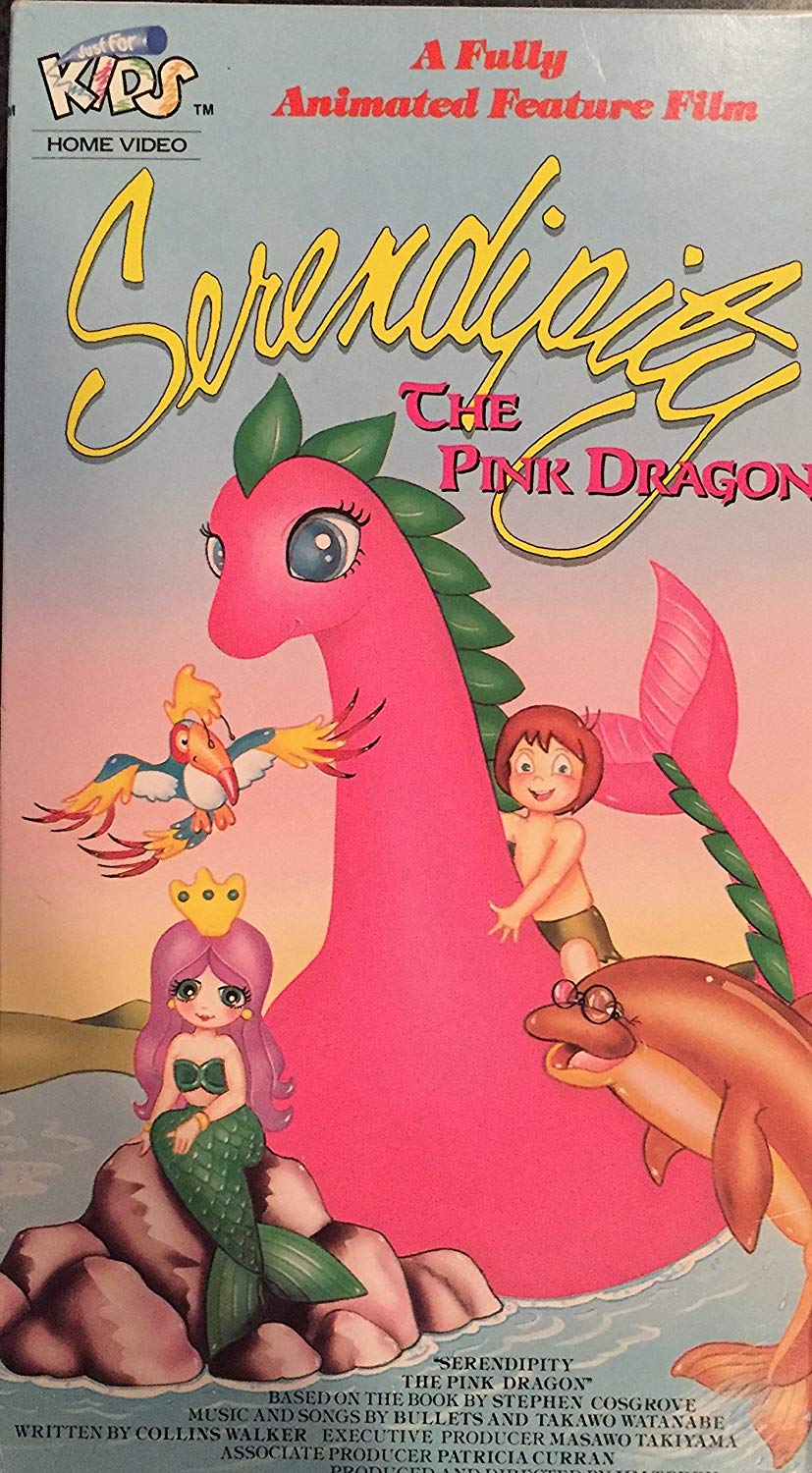It has been an interesting week from a sporting perspective. A week that has made me reflect on my relationship with sport and with sport’s relationship with life.
Now I am a big sports fan in general, but my one true sports love has, and will always be, Arsenal FC. My dad was an Arsenal fan ever since he was a kid and I had little say in the matter with some of my earliest ever memories involving watching Arsenal games with my dad. To anyone who knows soccer, you will know what a long, strange journey being an Arsenal fan so often is. This week has been no exception.
It started last Sunday with a painful tie at home against Brighton. This was a horrible result which sealed our fate to finish 5th in the table and miss out on a coveted top-4 spot and automatic entrance into next year’s Champions League.
But not all hope was lost! On Thursday we played Valencia in the second leg of the Europa League semi-final, winning 4-2 and booking our ticket to the Europa League final at the end of the month. Besides being Arsenal’s opportunity to win our first European trophy in 25 years, the game also represents another chance to get into next year’s Champions League, with the Europa League victor always being granted automatic access.
Today, we won out 3-1 away to Burnley in a game that contained little significance other than helping our star striker, Pierre-Emerick Aubameyang, get the goals necessary to win this year’s Golden Boot trophy (awarded to the league’s top goalscorer).
The rollercoaster week did not end there. This is just covering Arsenal’s exploits on the field! If you are any sort of sports fan at all you will have likely heard of Liverpool and Tottenham’s exploits in the Champions League this past week. Both teams came from huge holes to win their respective semi-finals in spectacular fashion. Their fans and the sports world at large were jubilant. I was crushed. You see Liverpool and Tottenham are two of Arsenal’s fiercest rivals. Especially Tottenham.
And I just could not stand to see them win and their fans happy. It ate me up inside.
Now I am not overly proud of this negative mindset, but rooting against your rivals is a fundamental part of sports. It underlines a certain masochism that comes along with being a sports fan.
You are really only happy when your team wins and, by definition, most teams won’t win trophies each year. So you are setting yourself up for failure right off the bat. Even if you look at the teams who win all the time, expectations are so incredibly high that fans are still miserable when Real Madrid only wins one trophy in a year!
Now I love sports and that isn’t going to change. But being miserable at other people’s happiness was somewhat of a wake up call for me. That is just not how I want to go through life. I think there is a way to be a sports fan without the negativity. Focus on enjoying your team’s journey. The highs and the lows. Try not to focus too much on what everyone else is doing.
And remember, the most beautiful part of sports is that there is always next year.
This competition trap is not unique to sports. It is all too common in everyday life and business. We are so focused on what other people have we don’t appreciate what we have. We look at the 10% of peoples’ lives that they share on Instagram, we assume they live like that all the time, and then we compare it to the 100% of our lives that we are familiar with and can’t help but to feel like we don’t measure up.
Comparison is the death to joy.
Focusing on what other people have will only ever bring you negativity. Either you will be envious of what others have or you will look down on them for not having as much as you.
I think this phenomenon exists in businesses too.
All too often I think businesses get so wrapped up in competition with one another that they forget about the things that made them great in the first place.
Startups are especially susceptible to this. Too often entrepreneurs get overly wrapped up in their competition when that is really an issue for another day. Your competition is not going to matter if you are unable to create a product that solves a fundamental need for your customers. Entrepreneurs, leave competition until you find yourself in a more mature competitive market. No business was ever successful by focusing on what everyone else was doing.
Comparison is natural, but you will lose your way if you give your competitors too much of your attention.
Instead, focus on being the best that you can be. In life and in business.
Focus on the journey, not the destination.
And remember.
There is always next season.




















